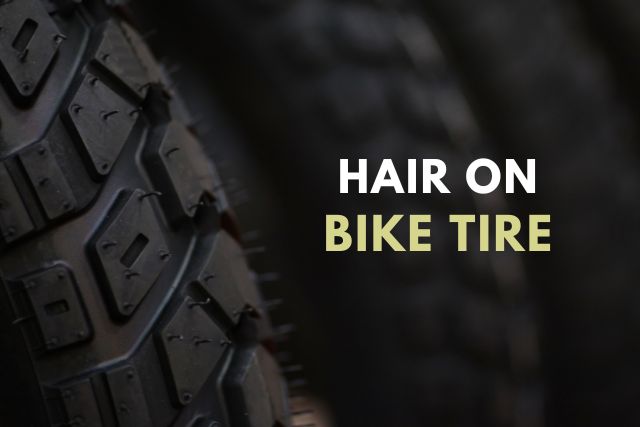What’s up with these tiny hairs on tire surfaces? They look ugly. Like a porcupine. What are they?
The hairs on the tire surface are called vent spews. They are formed because of the tire manufacturing process.
The tire mold has vent holes for the air to escape. But the air escapes with the rubber along these vent holes forming tiny hair-like protrusions. These are known as vent spews.
This is the gist.
Let’s dig deeper. And look into how these hairs are formed and do they serve any purpose.
What are these hairs called?
These rubber hairs on the tire surface are called vent spews.
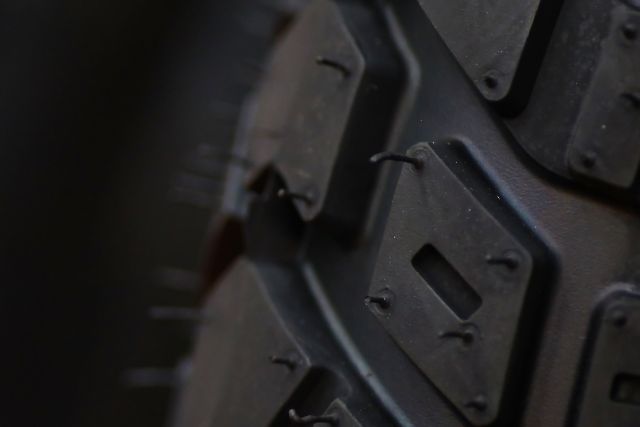
Since these hairs are formed because of the air spewing rubber along with it on the vent holes, they are called vent spews.
Get it?
Rubber spewed along the vent holes. Spewed on vents. Vent spews. Never mind.
The vent holes are made for air and are tiny. The rubber escaping with air on these vent holes make tiny protrusions on the tire surface. Thus giving a hair-like appearance.
No wonder everyone calls them hairs rather than vent spews.
Why are there rubber hairs on tires?
The rubber hairs on tires are formed because of how the tires are manufactured.
The rubber is pressurized into a mold. The sticky rubber then solidifies to form the tire.
The mold has vent holes to allow trapped air to escape. And when the air escapes through these vent holes it takes rubber along as well.
Once the rubber along the vent holes solidifies, it forms hair-like protrusions on the tire’s outer surface.
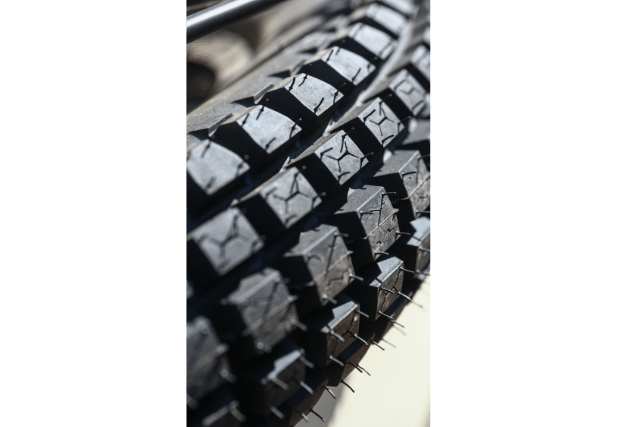
And that’s how these rubber hairs, called vent spews are formed on tires.
These rubber hairs are a byproduct of the tire manufacturing process. They serve no purpose.
How are these hairs formed on tires?
The last stage of tire manufacturing is the curing process. The rubber is pressurized into a mold.
This tire mold is nothing but a hollow block where the hollowed-out shape will have the desired tire design.
The green tire is put into the mold for curing.
Put simply, green rubber is an assembled tire that has no threads and is not cured yet.
Once the tire rubber is put in the mold, pressurized and heated, and then cooled, the tire solidifies into the mold form with threads and is inflated.
There is a problem though.
Often in these processes, there is a chance that air can get trapped within the rubber. This creates an air bubble when the rubber solidifies to form the tire.
Why is this a problem?
Air bubbles weaken the tire. The tire will have low strength if there are air bubbles trapped inside. Low strength leads to low performance and a lower lifespan.
How to avoid air bubbles then?
Here is the deal.
Molds have vent holes created so that the air can escape through these holes.
No air trapping. No air bubbles. No low-strength tires.
Now, when the air escapes it takes rubber with it as well along the vent holes.
This rubber along the vents then solidifies to become the vent spews. Or what we call rubber hairs.
Advantages of hairs on tires
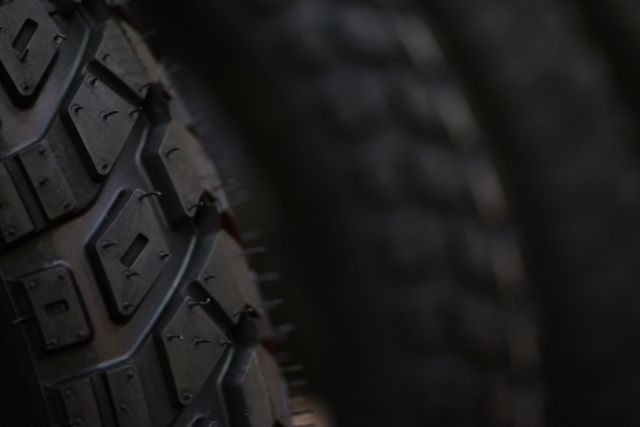
None actually.
The vent spews on the tire serve no purpose. There are no advantages to these rubber hairs.
There is no disadvantage as well.
They are a byproduct of how tires are manufactured. Nothing more. Nothing less.
That’s not all.
Even if you remove the vent spews from the tires, there will be no effect on its performance.
The tire will perform neither better nor worse with vent spews on them.
Basically, once the tire is manufactured, these rubber hairs are a waste piece of crap. 😉
Can you remove the rubber hairs?
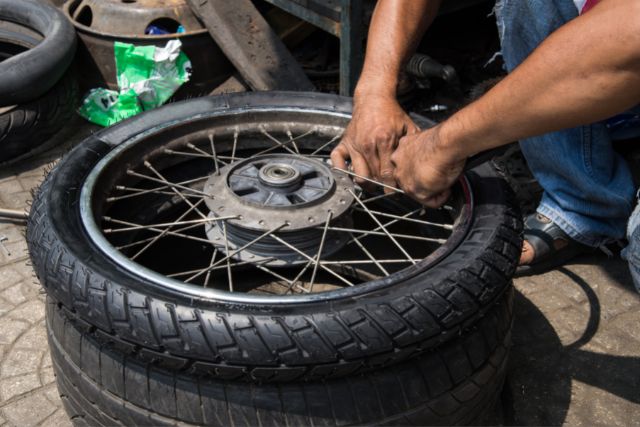
You can remove the rubber hairs on the tire easily.
There is no benefit to removing the hairs though. The vent spews whether they remain or not remain have no bearing on tire performance.
Still, if you want to remove the hairs on the tire for aesthetics, here are the ways to go about it:
- By hand: The hairs on the tire can easily come off if you pluck them with your hand. If there are only a few, you can do it by hand only. But if there are too many rubber hairs, other methods work best.
- Razor blade: Using a razor blade to cut the vent spews (rubber hair) is the best option. It’s smooth. It’s efficient. It’s fast. Just don’t go overboard by scratching the tire surface.
- Nail clippers: Using nail clippers is another alternative. Although not efficient as razor blades, still better than bare hands. You can clip the hairs easily.
If the tire does not have hair, what does it mean?
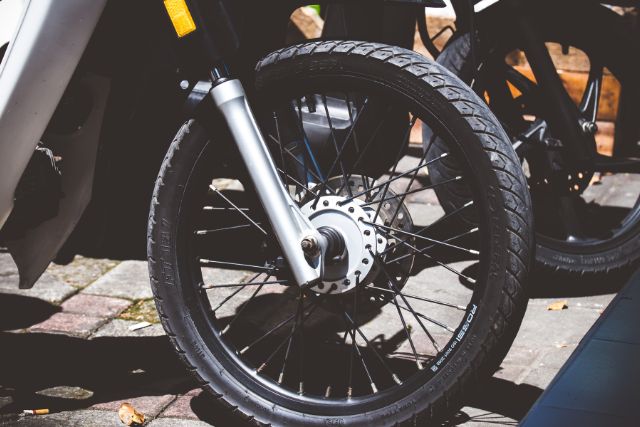
If the tire does not have vent spews (rubber hairs), then it means one of the following:
First possibility, there were no vent spews when the tire was made.
This means either there was no air trapped or the mold did not have good vent holes. Both are unlikely if you are purchasing from a reputable tire manufacturer.
Second possibility, there were vent spews but the manufacturer machined it out.
This is a possibility. Few manufacturers do go for tire finishing. They could have removed these vent spews from the tire’s outer surface.
Third possibility, the tire is worn out.
As the tire runs on the road, the vent spews go off. The more miles the tire sees, the fewer hairs you see. Worn-out tires lose their vent spews.
These are the main possibilities.
Besides, don’t worry about these rubber hairs too much. Vent spews serve no purpose.
So no point looking if your tire has manly hairs.
Tires with hair or without hair? Which is better?
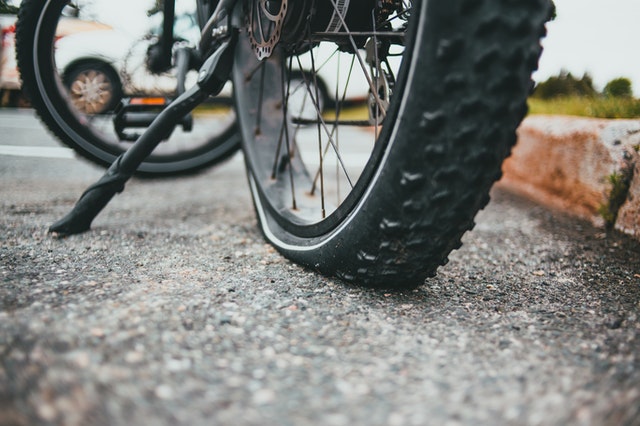
Since the rubber hairs (vent spews) on tires serve no purpose, it does not matter if the new tire has hairs or not.
Few people prefer tires with hair though.
The reasoning is the rubber hairs on tires indicate a good tire-making process. The hairs on the tire imply the air is not trapped and has escaped.
Fair reasoning?
Personally, I don’t think it matters.
As long as you are purchasing the tire from a reputed manufacturer, things should be fine.
But there’s a catch.
If you are looking for a used tire, then hairs on the tire matter.
Worn-out and used tires don’t have hairs anymore. Due to usage, the vent spews no longer remain.
And if there are a few rubber hairs on the tire, you can bet the tire does not have too many miles under it.
The rubber hairs do come in handy to check used tires.
But apart from that, for new tires, it doesn’t really matter.
Before you go…
Now that you know more about rubber hairs on tires, here are a few interesting posts on tires:
Motorcycles have skinny front tires and wide rear tires: Why is that?
